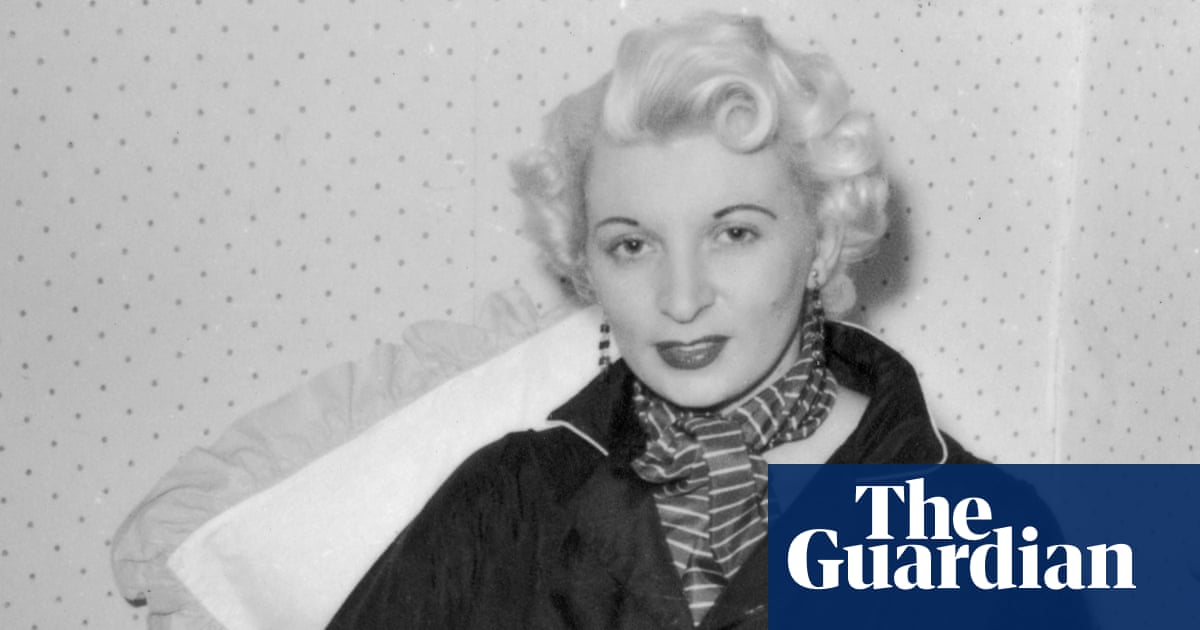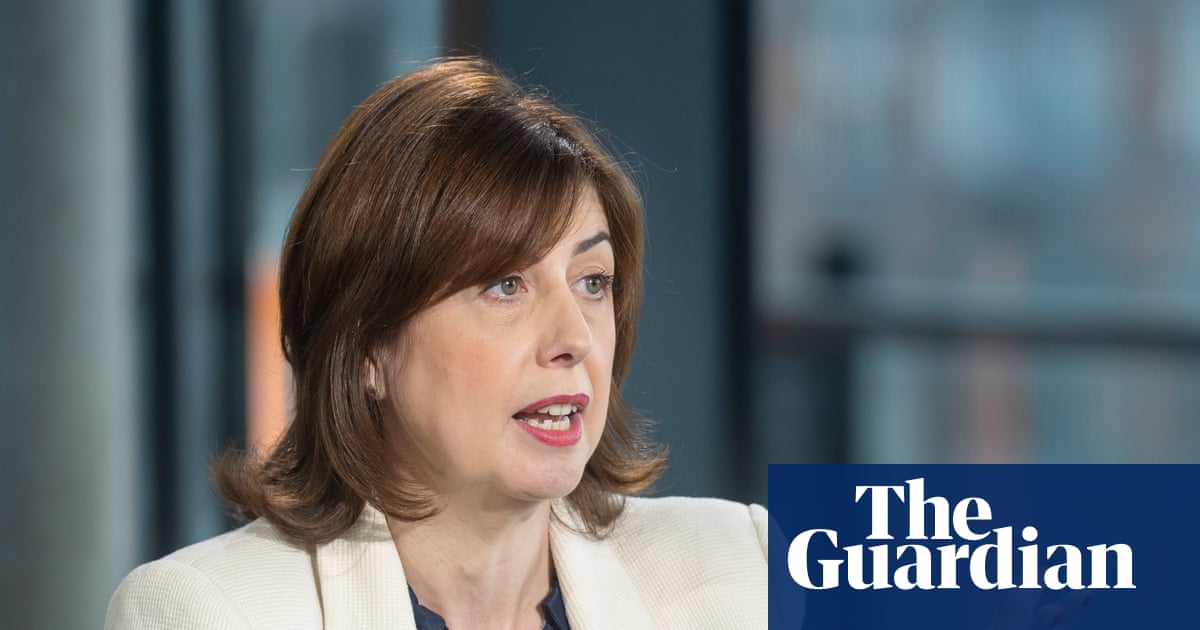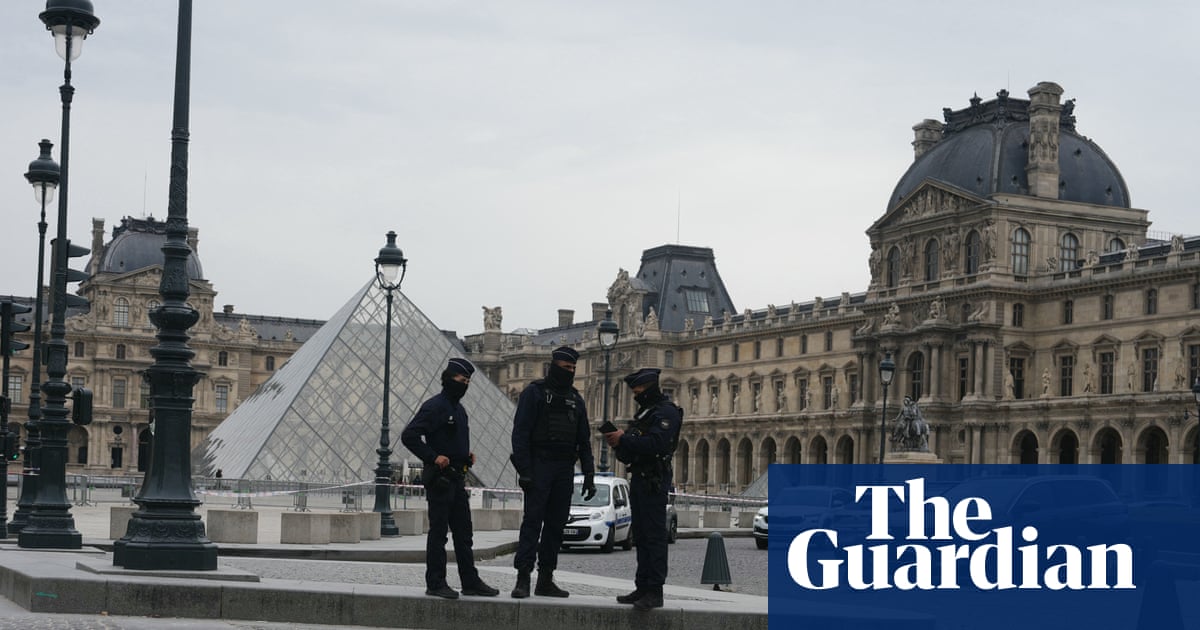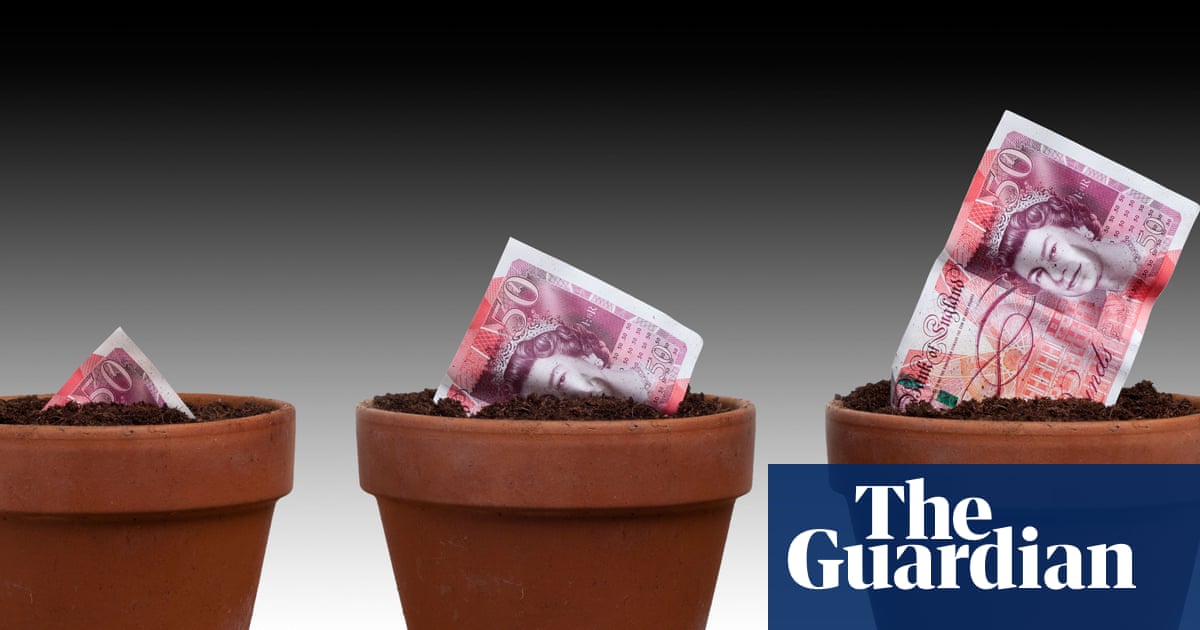“Black History Month is a great thing,” said Siân Harrington, the chief executive at Fulham Palace Trust, “but I think it’s just not enough.”
The museum had always told the story of the bishop of London, who historically lived at Fulham Palace – now home to a historic house, museum and 13-acre garden. But when George Floyd was murdered in 2020, the museum was among others which concluded that more needed to be done.
For Harrington, that meant confronting the history of the bishops of London and their involvement in colonialism and slavery. The trust is independent of the Church of England, she said, and could tell those stories without approval.
“At Fulham Palace, I knew that the bishop of London was called bishop of the colonies, but I didn’t really, I didn’t sort of think, well, what does that actually mean?” said Harrington.“You can’t keep telling the stories of the bishops as abolitionists without going right back to the beginning and working out what their role was,.”
At Fulham Palace, Harrington said, Black History Month is now every month. In the years since Floyd’s death, the museum has hosted an exhibition called Resistance that examines the systems of physical and spiritual resistance that led to the ending of transatlantic slavery under the British empire. Harrington has made changes to their permanent exhibition to talk about research, and last year joined Black History 365, an initiative that wants black history to be recognised all year round, not just in October.
“If we do Black History Month throughout the year then it is part of our history and it gives people a chance to come across it by accident almost, so that you’re making it more mainstream in a way by doing it every month,” she said.
Beyond exhibitions and decolonising historical interpretations and stories, the museum applied to become one of the first six anti-racist museums in the country. Harrington wants to make the next exhibition – which will look at how plant collecting was used as a way to take land from people without their knowledge – part of the permanent collection and museum.
“I like to think that we have continued with [anti-racism work that came with the Black Lives Matter movement], whereas I think some other museums produced statements around George Floyd’s murder and then haven’t really changed,” she said.
Part of that commitment is an exhibition, which ended on Sunday, featuring a series of tapestry panels highlighting the long presence of black people in Britain. The museum gave up the venue to display the work for free to mark Black History Month.
“It’s great that you knew there was a moment that happened that sparked this interest,” said Paula Ogun Hector, the tapestry project’s founder, of Floyd’s death. “But this story of amnesia that’s been going on around our shared past is so entrenched, that’s why it’s so important to have people like Siân who are at the forefront of presenting these exhibitions.”
after newsletter promotion
Next, the Tapestry of Black Britons will tour various places including the Craft Study Centre Museum and the University of Creative Arts in Surrey. Ogun Hector will also oversee the creation of new tapestries on Roman Africans and Notting Hill carnival for its 60th anniversary next year.
What does Ogun Hector think of Fulham Palace’s move to expand black history beyond a month? “It’s vital. This 365 approach is absolutely vital.”
“It’s British history and everywhere you don’t see us, you have to ask, well, where are the African, Caribbean or Asian people?”

 3 hours ago
4
3 hours ago
4

















































